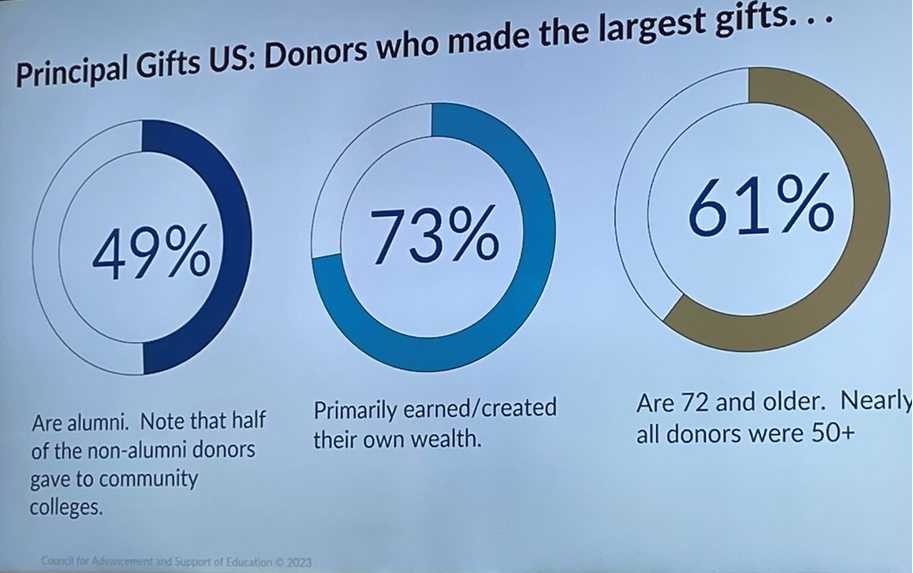What We Can Learn About Philanthropy From The Higher Education Sector
By Tobin Aldrich
9th September
One of the reasons that I enjoy being a consultant is the variety of organisations and sectors we work with. We learn from every client and every project we work with.
In the last couple of years we have increasingly been working in the higher education sector, including a series of major Advancement projects in Australia with the University of Sydney. It’s been a fascinating experience and we have learned loads from it.
As part of building our expertise in the specifics of university philanthropy we’ve got more involved with the extremely impressive industry body that is CASE, the higher education organisation that promotes Advancement (philanthropy and alumni relations) across the sector.
Last week I was at the CASE Europe annual conference in Manchester. It was a great event that showcased how well higher education does some aspects of philanthropy.
One of the joys of working with HE for someone like me is this is a sector that really, really loves data. US universities have been developing very sophisticated philanthropy programmes for well over 150 years at this point and CASE itself dates back to 1960. That’s a massive amount of experience in the art and science of (mostly) major giving. And they have been collecting data for a long time.
The result is that HE fundraisers have access to data on relative fundraising and alumni engagement performance that their counterparts in the charity sector can only dream of. While the most data (and the most giving) is in the US, there is now considerable data available for giving to higher education in the UK.
This allows us to get a clear picture of a sector that, while it has some common characteristics, is quite distinctive from the wider charity sector.
Giving to HE in the UK has grown strongly in the last 20 years rising from £0.4bn in 2004 to £1.4bn last year. This compares to the £1bn that the international development sector raised from voluntary sources, for example.
Unlike other sectors (outside arts and heritage), giving to higher education is all about major giving, six, seven, eight and increasingly nine figure gifts. Over 85% of the funds raised by UK universities are typically from major gifts, from individuals and foundations mainly. HE is well ahead of the wider charity sector in philanthropy and it is an interesting question why this is the case.
An explanation that is often offered is that this is because of alumni connection. About half of the biggest gifts come from alumni so this is definitely part of it. My view, however, is that the scale of ambition that universities can offer is also a key factor. This is a sector that can genuinely come up with big ideas and visions, with a truly long-term view - this is something that many fundraising charities really struggle with.
This doesn’t mean that HE fundraising is universally better than practices in the charity sector. Smaller scale giving, often called “community giving” is rather under-developed by UK fundraising standards, with investment limited and relatively unsophisticated programmes. This is a bit surprising as alumni engagement is otherwise taken very seriously by universities. Legacy giving is also lower in the HE sector than you might expect.
Universities, like the charity sector, often have a gap in their fundraising strategies around mid-tier donors and we increasingly hear concerns about this “missing middle”.
Higher education and the charity sector are all looking to achieve step-changes in their use of digital channels and technologies, and are facing similar challenges in making this a reality - the issues of limited technology, lack of expertise and significant cultural barriers are familiar to both. Charity best practice can definitely add value to many universities in terms of digital fundraising. There is huge interest in the potential of AI but a common lack of integrated strategies to understand and exploit it.
While we will continue to work across a wide range of sectors and look for cross-fertilisation across them, we will be building our HE engagement and expertise over the next year and look forward to sharing some of those findings.

